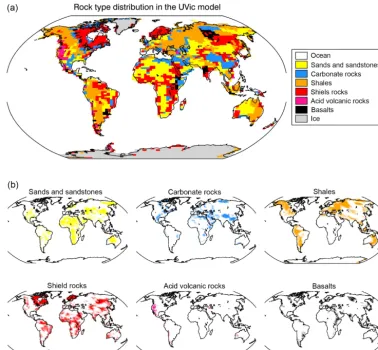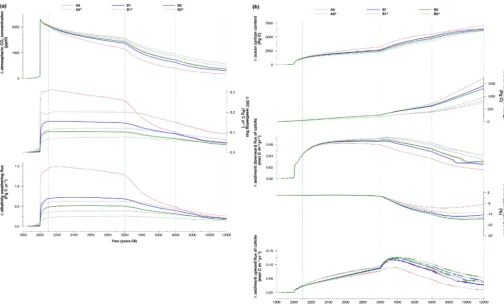The importance of terrestrial weathering changes in multimillennial recovery of the global carbon cycle: a two-dimensional perspective
Full text
Figure




Related documents
The CMM model asks us to consider “what spe- cific meanings are (people) making in given situations, how are they making those meanings, and how those meanings affect the social
Field experiments were conducted at Ebonyi State University Research Farm during 2009 and 2010 farming seasons to evaluate the effect of intercropping maize with
The impact effect is a technology of state institutional landscapes associated with the academy and new cultures of auditing and accountability, as hinted in the
The Federal Highway Administration’s (FHWA) underwater bridge inspection guidelines, currently define a three –tiered bridge inspection process to evaluate the bridge
19% serve a county. Fourteen per cent of the centers provide service for adjoining states in addition to the states in which they are located; usually these adjoining states have
Our next step will be to implement the pre-prune based ASR decoder on a large vocabulary system and observe the potential speedup acoustic pre-pruning could bring to the




